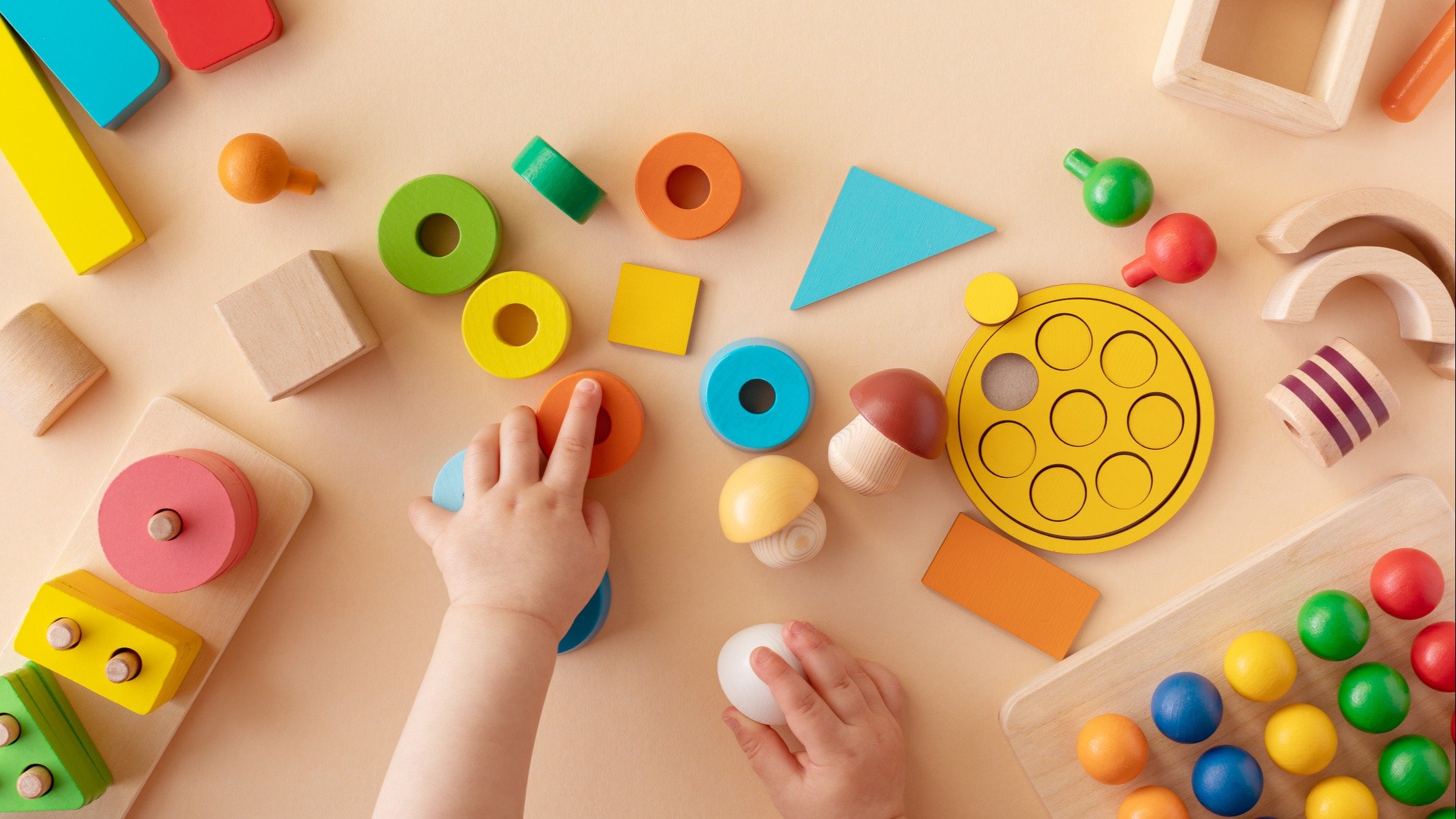
For children with autism spectrum disorder (ASD), the world can be overwhelming. Everyday experiences that many of us take for granted — bright lights, loud noises, and crowded spaces — can become sources of discomfort and anxiety. In navigating this sensory minefield, sensory toys emerge as invaluable tools in promoting comfort, engagement, and development for children with autism.
More from Mom.com: What I Wish Everyone Understood About Autism
Understanding Sensory Sensitivities
Many individuals with ASD experience sensory sensitivities, where their sensory systems either overreact or underreact to stimuli in the environment.
For some children, the flicker of lights may be unbearable, and for others, the sensation of certain textures against their skin may cause distress. These sensory challenges can manifest in behaviors such as withdrawal, meltdowns, or seeking sensory stimulation in unconventional ways.
The Role of Sensory Toys
Sensory toys serve as bridges between a child with autism and their environment, providing avenues for exploration, expression, and regulation. Unlike traditional toys, sensory toys are designed with the specific sensory needs of children with autism in mind. They come in a variety of functions, catering to different sensory preferences and sensitivities.
Toys like the Sensory Play Materials from Lakeshore Learning help regulate their sensory needs and engage their senses. Their latest creations including the Out of This World Fidget Board and Magnetic Wonder Tiles Vehicle Builder inspire creativity, exploration, and fine motor skills.
Promoting Development and Well-Being
Beyond providing immediate sensory relief, sensory toys play a crucial role in promoting developmental milestones and overall well-being for children with autism. By engaging with sensory toys, children have the opportunity to practice important skills such as fine motor coordination, social interaction, and emotional regulation.
Sensory play also fosters cognitive development and creativity. Through repetitive interactions with sensory toys, children can develop coping strategies for managing sensory overload, empowering them to navigate the complexities of the world with greater confidence and resilience.



